Access IBEC scientific production portal (IBEC CRIS), for more detailed information and advanced search features.
Find here the list of all IBEC's publications by year.
by Keyword: N-cadherin
 Rogkoti, Theodora, Donnelly, Hannah, Dalby, Matthew J, Salmeron-Sanchez, Manuel, (2025). Mechanical signatures and models of the bone marrow niche Nature Reviews Bioengineering 3, 697-713
Rogkoti, Theodora, Donnelly, Hannah, Dalby, Matthew J, Salmeron-Sanchez, Manuel, (2025). Mechanical signatures and models of the bone marrow niche Nature Reviews Bioengineering 3, 697-713
The bone marrow is a complex tissue with distinct cellular and mechanical heterogeneity, serving as the primary site for haematopoiesis. Under certain conditions, such as on the onset of mutations to healthy cells or alterations to the environment, the bone marrow can also become the origin of haematological malignancies, often characterized by uncontrolled self-renewal of hematopoietic stem cells, overproduction of immature progeny and remodelling of the tissue microenvironment. This remodelling alters the composition and mechanics of the extracellular matrix (ECM), facilitating the proliferation and metastasis of leukaemic cells. The elastic and dissipative properties of the ECM are hallmarks of both health and disease progression in different tissues. However, studying the mechanical properties of bone marrow is difficult owing to inaccessibility in situ. Advanced three-dimensional bioengineered models offer a way to recapitulate the mechanical properties of the bone marrow, but it remains challenging to incorporate the elastic and viscous components. Understanding the physiological and disease-specific mechanical ECM signatures is crucial for advancing bone marrow research and for developing therapeutics. In this Review, we explore the structure-function relationship of the bone marrow, emphasizing its complex mechanical behaviour, and discuss the bioengineered models that recapitulate the mechanical properties in the healthy and diseased bone marrow niche, stressing the importance of replicating ECM physiological and pathological mechanical signatures in the future.
JTD Keywords: Acute myeloid-leukemia, Extracellular-matrix stiffness, Fibrosis, Hematopoietic stem-cell, Lysyl-oxidase, Mesenchymal stromal cells, Microenvironment, N-cadherin, Progenitor cells, Suppor
 Casanellas, I, Jiang, HK, David, CM, Vida, Y, Pérez-Inestrosa, E, Samitier, J, Lagunas, A, (2022). Substrate adhesion determines migration during mesenchymal cell condensation in Journal Of Cell Science 135, 260241
Casanellas, I, Jiang, HK, David, CM, Vida, Y, Pérez-Inestrosa, E, Samitier, J, Lagunas, A, (2022). Substrate adhesion determines migration during mesenchymal cell condensation in Journal Of Cell Science 135, 260241 
Mesenchymal condensation is a prevalent morphogenetic transition that is essential in chondrogenesis. However, the current understanding of condensation mechanisms is limited. In vivo, progenitor cells directionally migrate from the surrounding loose mesenchyme towards regions of increasing matrix adherence (the condensation centers), which is accompanied by the upregulation of fibronectin. Here, we focused on the mechanisms of cell migration during mesenchymal cell condensation and the effects of matrix adherence. Dendrimer-based nanopatterns of the cell-adhesive peptide arginine-glycine-aspartic acid (RGD), which is present in fibronectin, were used to regulate substrate adhesion. We recorded collective and single-cell migration of mesenchymal stem cells, under chondrogenic induction, using live-cell imaging. Our results show that the cell migration mode of single cells depends on substrate adhesiveness, and that cell directionality controls cell condensation and the fusion of condensates. Inhibition experiments revealed that cell???cell interactions mediated by N-cadherin (also known as CDH2) are also pivotal for directional migration of cell condensates by maintaining cell???cell cohesion, thus suggesting a fine interplay between cell???matrix and cell???cell adhesions. Our results shed light on the role of cell interactions with a fibronectin-depositing matrix during chondrogenesis in vitro, with possible applications in regenerative medicine.
JTD Keywords: Alpha-v-beta-3, Arginine-glycine-aspartic acid, Cell migration, Chondrogenesis, Dynamics, Expression, Fibronectin, Gastrulation, Involvement, Mechanisms, Mesenchymal condensation, Model, N-cadherin, Nanopatterned substrates, Rgd
![]() Rogkoti, Theodora, Donnelly, Hannah, Dalby, Matthew J, Salmeron-Sanchez, Manuel, (2025). Mechanical signatures and models of the bone marrow niche Nature Reviews Bioengineering 3, 697-713
Rogkoti, Theodora, Donnelly, Hannah, Dalby, Matthew J, Salmeron-Sanchez, Manuel, (2025). Mechanical signatures and models of the bone marrow niche Nature Reviews Bioengineering 3, 697-713![]() Casanellas, I, Jiang, HK, David, CM, Vida, Y, Pérez-Inestrosa, E, Samitier, J, Lagunas, A, (2022). Substrate adhesion determines migration during mesenchymal cell condensation in Journal Of Cell Science 135, 260241
Casanellas, I, Jiang, HK, David, CM, Vida, Y, Pérez-Inestrosa, E, Samitier, J, Lagunas, A, (2022). Substrate adhesion determines migration during mesenchymal cell condensation in Journal Of Cell Science 135, 260241 ![]()

